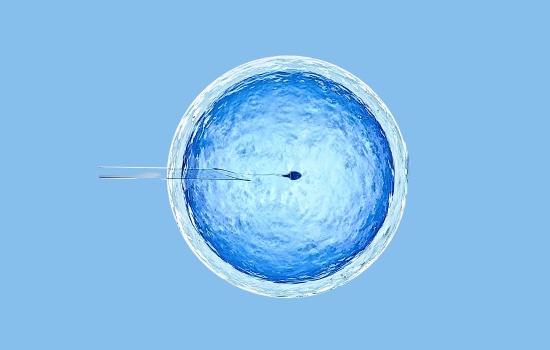In Vitro Fertilization (IVF) is a technique that was originally created to help couples with fertility issues get pregnant.
Today IVF Has Additional Uses as Well, Including:
- Surrogacy
- Sex Selection If There’s a Gender Preference.
Note: This tends to be a controversial topic.
- Preimplantation Genetic Diagnosis: During this process, the egg and sperm are screened for anomalies. Abnormal eggs and sperm are discarded, and only the healthy eggs and sperm are used. This is a hotly debated topic, as well.
PediaTrivia: The first “IVF baby” was born in 1978.

What Does the IVF Process Entail (i.e. What Will I Have to Do)?
Here are the IVF Steps in a Nutshell:
1. Getting Hormonal: First, you will take hormone pills and inject yourself with hormones to stimulate your ovaries to produce multiple eggs (vs. the usual “one” egg) during your cycle.
Reality Check: The injections aren’t fun, but they’re a crucial step in the IVF process.
2. Checking in on the Eggs: The next step is bloodwork and an ultrasound to see how the eggs are developing.
3. The “Egg Retrieval” Process: Once your eggs are primed and ready for ovulation, they’re collected from the ovaries. (Note: You’ll be sedated for this procedure).
- During the egg retrieval, a needle will be placed (under ultrasound guidance) through your vagina and into your ovary to get the eggs.
- You may have some mild cramping and soreness afterward.
PediaTip: Avoid taking ibuprofen (e.g. Motrin and Advil) for the pain because it can increase your risk of bleeding. Tylenol is okay, though.
4. Gathering the Sperm: Around the same time as the egg retrieval, your partner (or a sperm donor) will provide a sperm sample.
5. Creating the Embryo(s): Next, the sperm will fertilize the egg(s) in a petri dish.
6. Transferring the Embryo(s): After the sperm fertilize the egg(s), the embryo(s) will be placed in your uterus with a small catheter. This is typically done 2-5 days after the egg retrieval. Unlike the egg retrieval, the embryo transfer isn’t done under sedation. A mild sedative is usually given, though, to take the edge off.
Insider Info: Doctors are becoming more conservative about how many fertilized eggs they implant in the uterus at one time because there’s an increased risk of having “multiples” (twins or more) with IVF.
Think: Octomom.
Note: Extra embryos can be frozen and stored for later use.
7. The Moment of Truth – Taking the Pregnancy Test: The doctor will schedule a pregnancy test (a blood test) in the office 10-14 days after the embryo transfer to see if the IVF worked.
PediaTip: Try not to take a home pregnancy test before the scheduled blood test (no matter how tempting this might be).
Why? Because the home pregnancy test may not be accurate as a result of all of the hormones you’ve been taking.
Common Questions

How Long Is Each IVF Cycle?
One IVF cycle takes about 3 weeks.
Does IVF Work?
The Short Answer: Yes, IVF works in most cases (although it may take multiple cycles to be successful).
The Longer Answer: Over the years, IVF techniques have improved, and the practice has risen in popularity.
That being said, couples undergoing IVF must be prepared to play the long game. Studies show the odds of IVF working on the first try are only 33%, but jump to 55-77% by the eighth cycle (depending on the woman’s age when the treatments start).1 This can seem a bit daunting, considering the average cost of one IVF cycle is $12,000.2
The Bottom Line
If you’re currently undergoing IVF or you plan to try IVF, take a deep breath, do your research, and keep your eye on the prize.








